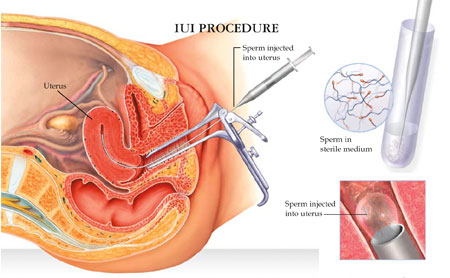The Blastocyst culture and transfer at Blastocyst Stage Process in IVF enables selecting best quality embryos for embryo transfer.Concept of embryo quality is very necessary to be looked into in detail, especially for couples who are experiencing fertility related issues. In blastocyst embryo transfer, we transfer fewer embryos but this result in significantly improving chances of implantation and thereby increasing the chances of pregnancy. Reduction in chances of multiple pregnancies is another advantage of transfer at Blastocyst Stage.
Blastocyst Culture
A Blastocyst is an embryo developed for 5 to 7 days after fertilization unlike that in case of normal transfer in 2 to 3 days (cleavage stage). At this point, the embryo has two different cell types and a central cavity. In this stage it just starts to differentiate. The surface cells- called the Trophectoderm, will become the Placenta, and the inner cells-called the inner cell mass, will become the Fetus. A healthy Blastocyst should begin hatching from its outer shell- called the Zona Pellucid, by the end of the sixth day. Within about 24 hours after hatching, it should begin to implant into the lining of the mother’s uterus.
Blastocyst culturing is a technique to grow embryos beyond the 3rd day of culture. Typically incases of transfer in 3 days after the egg retrieval, embryos generally develop between 6-8 cells. When the embryos culture is extended to blastocyststage on day 5 they become round 120 cells.

Natural process of embryo development begins with the fertilization of the egg in the outer aspect of the fallopian tube. As the newly formed embryo develops, it slowly moves towards the uterine cavity where it has to ultimately implant. This process takes approximately 6-7 days. Embryo in “Blastocyst” stage, are ready to implant.
In certain patients, the advantage of Blastocyst culturing is,it allows selection of finest embryos for transfer, resulting in an increased implantation rate per embryo transferred. Other factors to be considered before determining whether this treatment is beneficial for a particular case include age, number & quality of eggs developed.
Generally speaking, Blastocyst Stage Transfer should be limited to patients with excessive numbers of embryos (greater than 10) in which case further selection of embryos beyond the day 3 stage would be advantageous. As a general rule, patients under the age of 37 are candidates for this culturing technique. We do not recommend this procedure to older patients because the risk of having no Blastocyst embryos for transfer is too great.
For younger patients, up to 50% of all embryos will continue to grow to the Blastocyst stage. However, 10% of patients will not have an opportunity for embryo transfer due to the absence of Blastocyst development. Aging drastically impacts the numbers of embryos which are capable of developing to the Blastocyst stage.
The main concerns with Blastocyst culture:
- In some cases there may be no development of embryos till Blastocyst Stage thereby, loss of chances of embryo transfer.
- Number of embryos left for freezing and the survival of embryos after thawing declines, potentially lowering the overall pregnancy potential of a single stimulation/egg retrieval treatment cycle.
For a female younger than 37 years old with a normal Day-3 FSH levels and with multiple IVF failures for un-known reasons or in case onedesires to avoid multiple pregnancies, then he/she should consider this treatment.
If a female has less than four, 8-cell quality embryos on the 3rd day of culture, blastocyst culturing is not recommended for such patients.In such cases, with blastocyst culturing, we will not be able to freeze many embryos because of poor embryo development till blastocyst stage.
